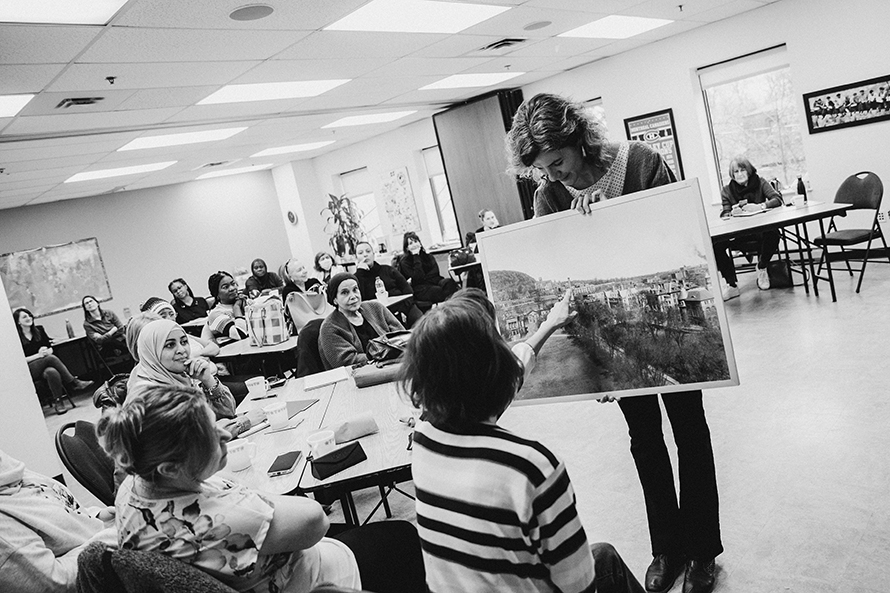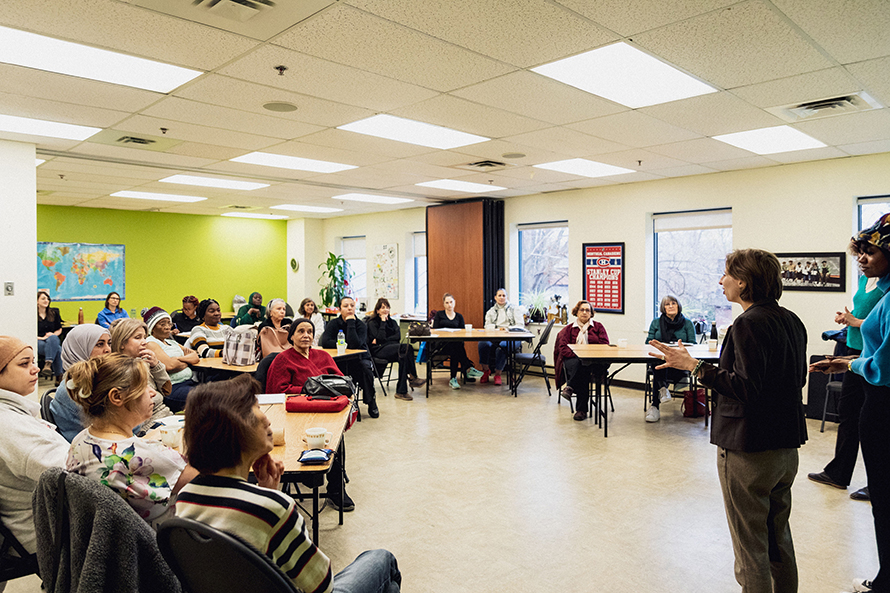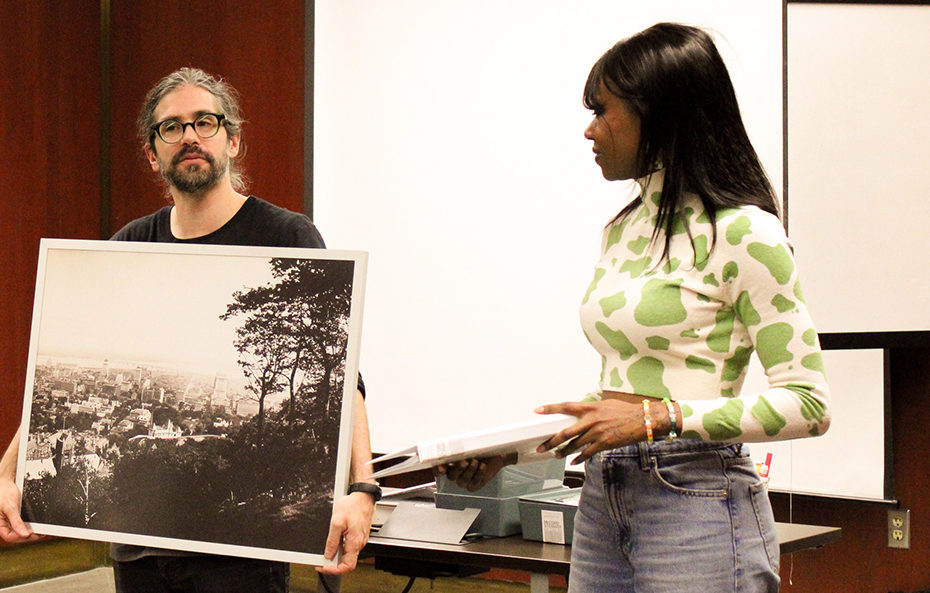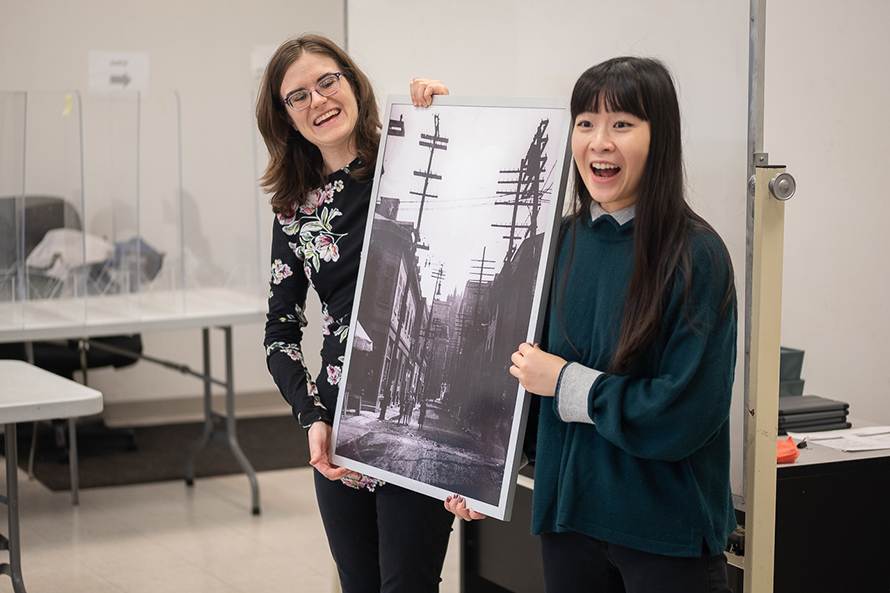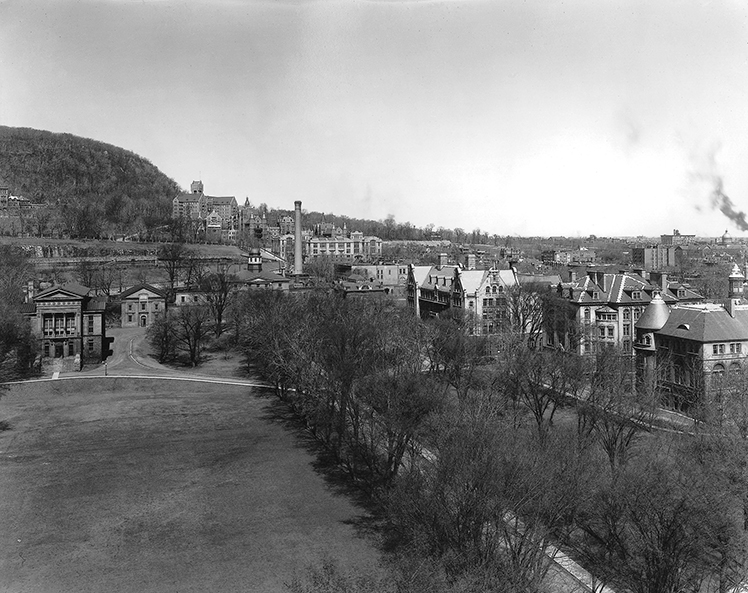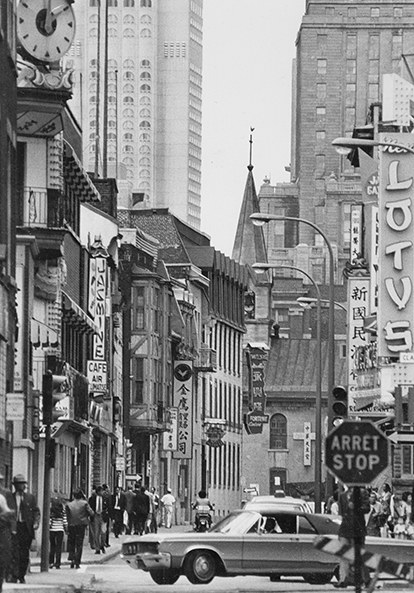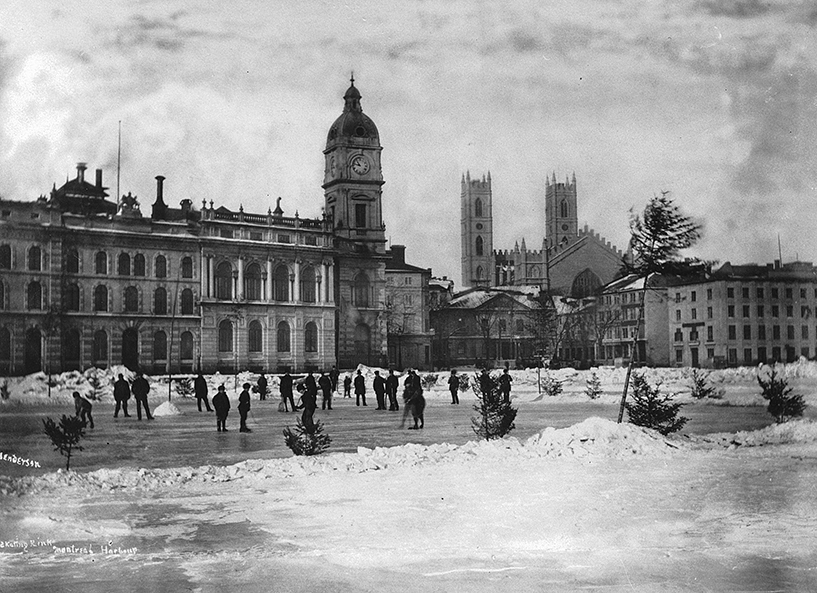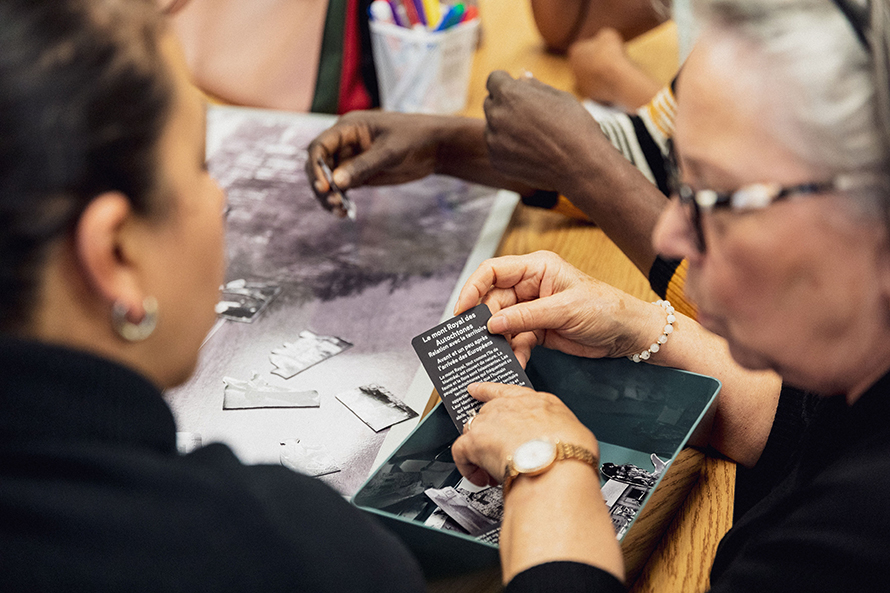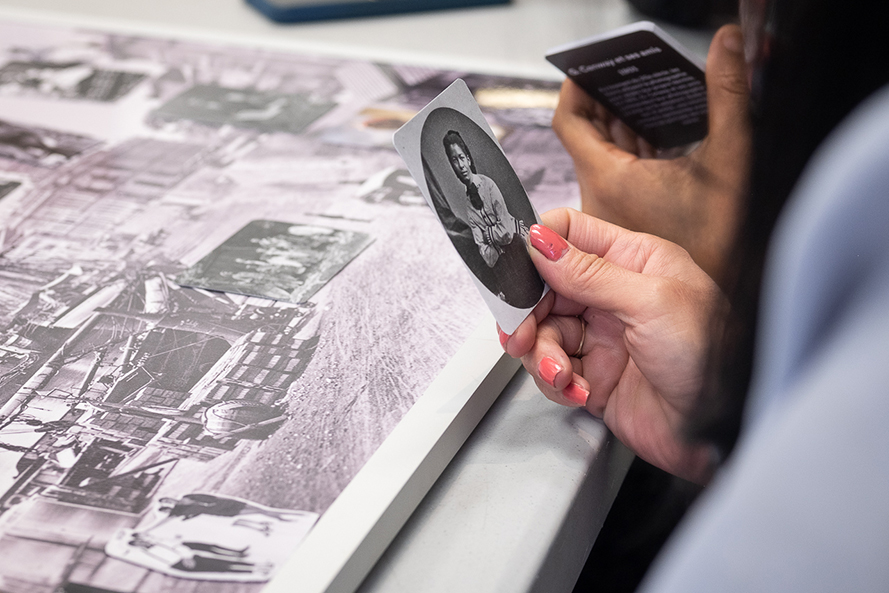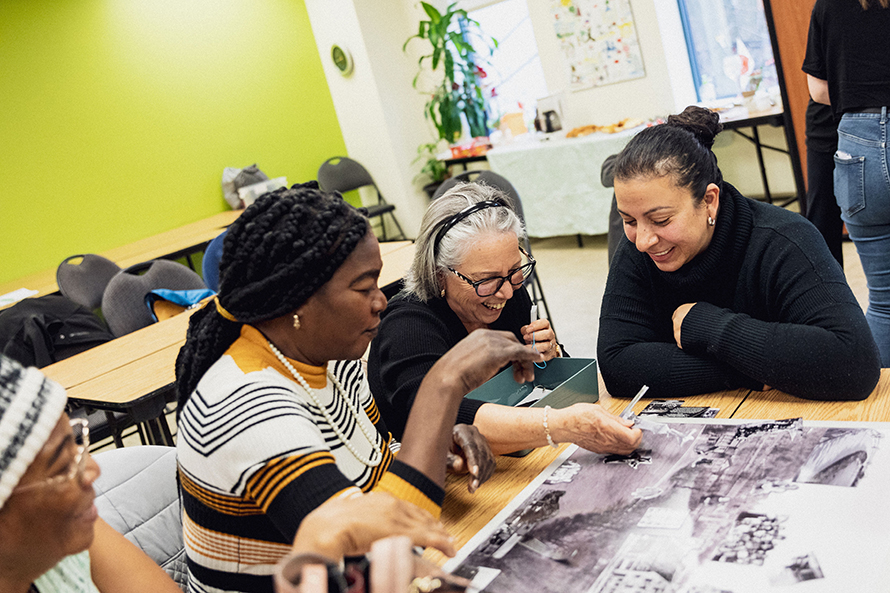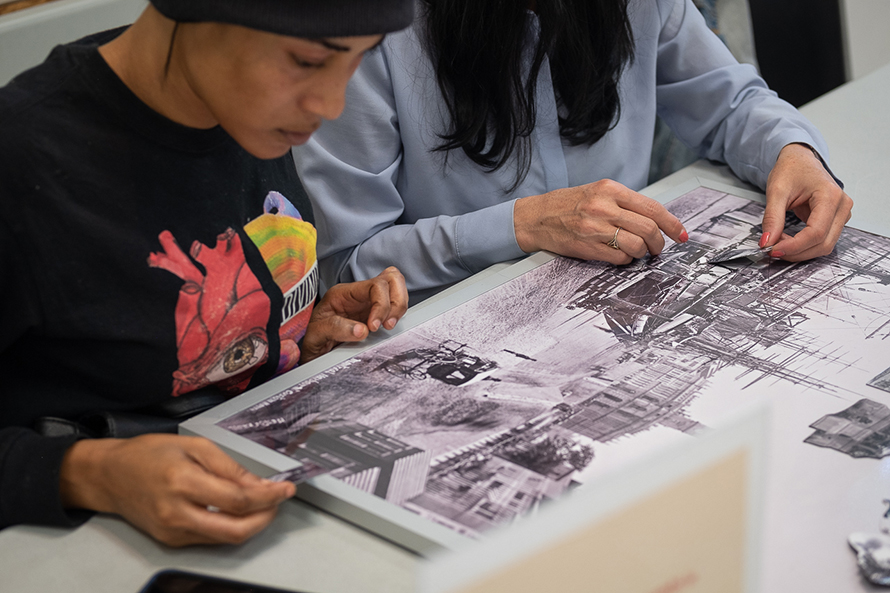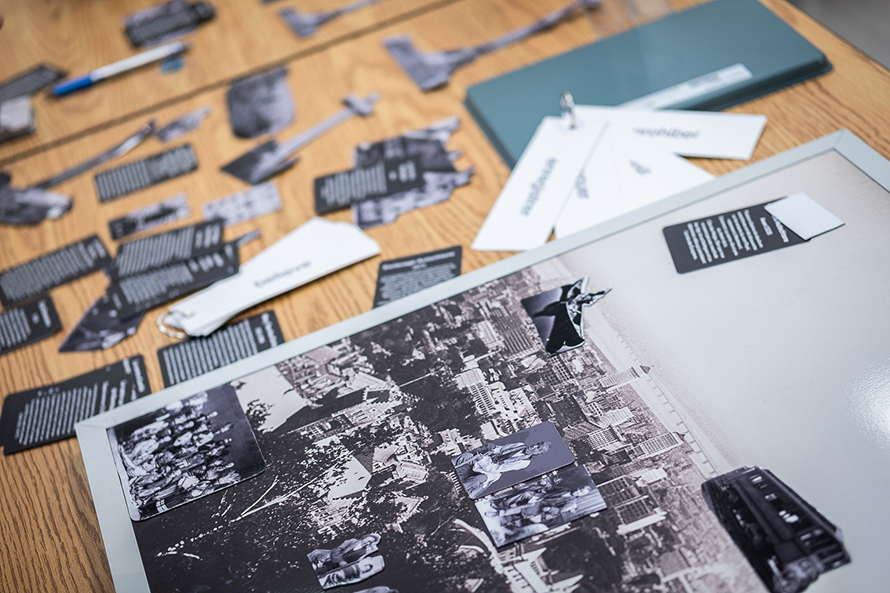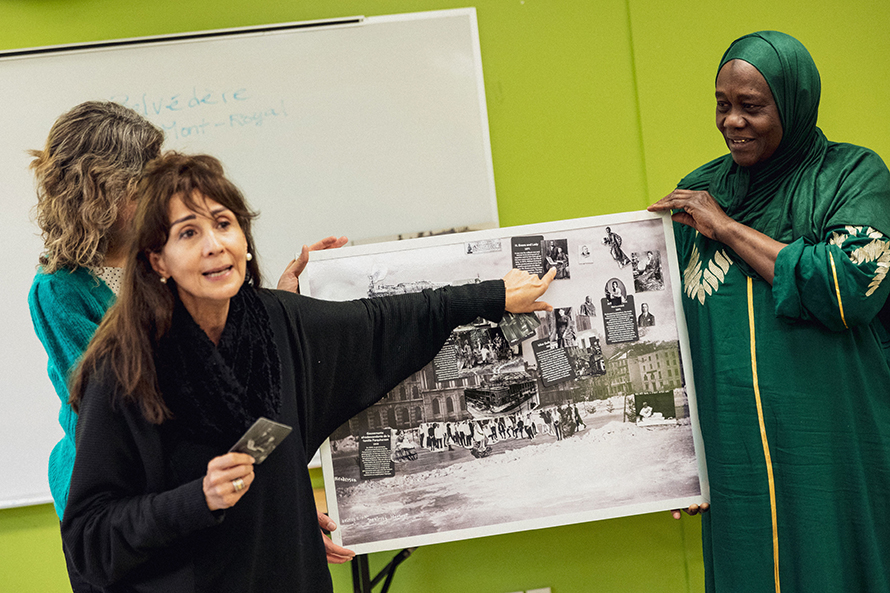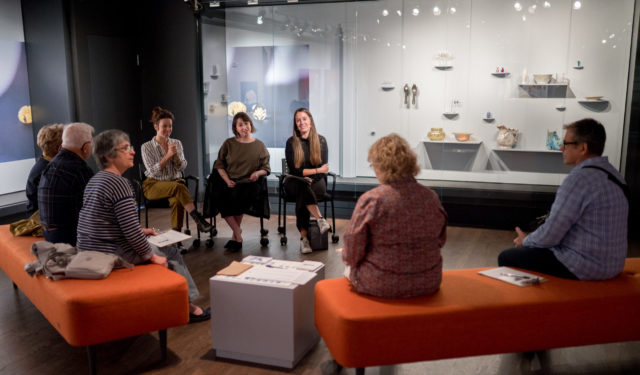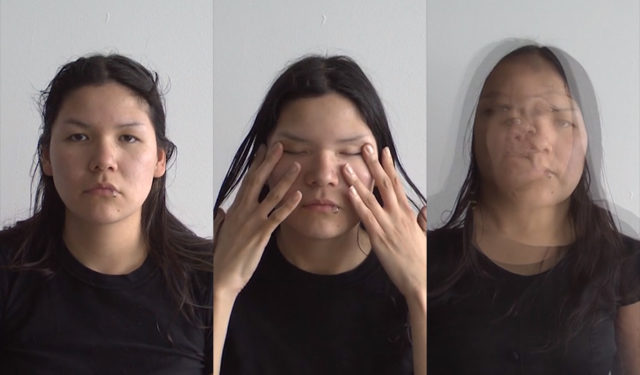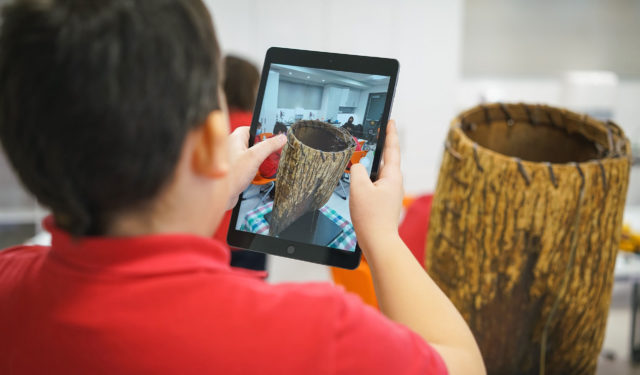A workshop that gives marginalized communities a voice
Looking after our stories in Montréal/Tiohtiá:ke spotlights the marginalized histories of Montreal's Chinese, Black and Indigenous communities.
November 29, 2022
Though Montreal’s Chinese, Black and Indigenous communities have been around for centuries, their histories are rarely told. To help change this, the McCord Stewart Museum joined forces with Je suis Montréal, a group whose goal is to bring forward those who have been historically excluded and often forgotten by organizing art projects and panel discussions on a variety of themes such as social inclusion, engagement, identity, and belonging. Together, they created and jointly led a citizen-centred workshop, Looking after our stories in Montréal/Tiohtiá:ke, in various areas of Montreal.
Recognizing the need to shine a light on these communities who have contributed to the development of our city, the Museum’s Education, Community Engagement and Cultural Programs team and that of Je suis Montréal met with immigrants and new arrivals to offer them an opportunity to regain ownership of these histories and talk about them.
From September to November 2022, members of the Education team and Je suis Montréal staff met with 18 groups in various Montreal boroughs, including Saint-Laurent, Ahuntsic-Cartierville, Montreal-North, Pierrefonds and Park Extension. During these workshops, they familiarized participants with images from the McCord Stewart Museum’s collection that illustrate some of the history of the city’s Black, Indigenous and Chinese communities.
On November 11, one such workshop was held at CARI St-Laurent, a local organization that provides services to immigrants. Twenty-five immigrant or newly arrived women had agreed to take part. The activity began with a short survey: “How much do you know about the history of Montreal’s Black communities: nothing, a little, quite a bit, or a lot?” The same question was then asked regarding the city’s Indigenous and Chinese communities.
Those in attendance quickly realized that little is known about the histories of these communities, especially in comparison to the colonial history of Montreal. And yet, these histories are equally important. Their curiosity piqued, participants became engaged and wanted to learn more.
The workshop leaders presented three blow-ups of photographs dating from the 19th and 20th centuries: a photo of Montreal’s Old Port, one of Mount Royal and one of Chinatown. The common thread in these images is that each one depicts a location that played a key role in the history of one of these communities.
Everyone was then invited to share their personal connection with each place. Once again, the energy changed. The room was full of emotion as each participant recounted a firsthand experience with these historic sites, an exercise that enhanced their sense of belonging to Montreal. Though originally from the four corners of the earth, the women could all identify with these places that have marked the history of Montreal.
The next part of the activity was hands-on. The blown-up photographs provided a background for an opportunity to get creative. Participants were asked to work in small groups and rewrite history in pictures.
With the help of a bank of magnetic images taken from the Museum’s collection, a stack of cards listing little-known historical facts, and a rainbow of coloured pencils, participants incorporated marginalized stories into the urban views of 19th– and 20th-century Montreal.
Once the collages were finished, participants shared what they had learned, thus showcasing the forgotten heroes and stories of Indigenous, Black, and Chinese communities.
Looking after our stories in Montréal/Tiohtiá:ke is a workshop that enables people of all colours and cultures to reinterpret the Museum’s collections and discover or rediscover the marginalized stories contained therein. At the end of the activity, the workshop leaders repeated the survey from the beginning of the session, and the results were impressive: everyone had learned something about these histories and there was a palpable enthusiasm and sense of pride in the room.
The Looking after our stories in Montréal/Tiohtiá:ke project is carried out as part of the agreement between the Ministère de l’Immigration, de la Francisation et de l’Intégration and the City of Montréal (MIFI-Ville 2021-2024).

